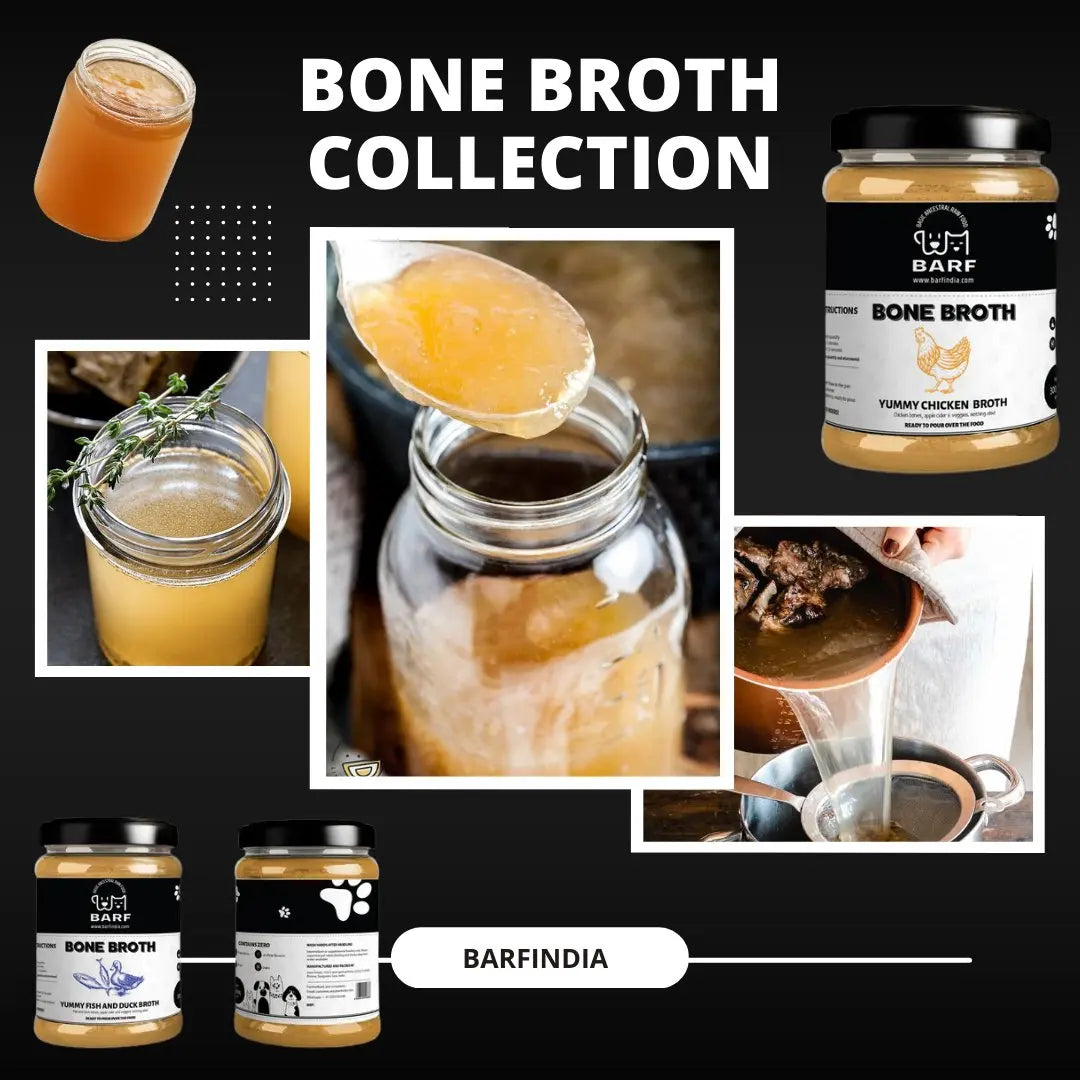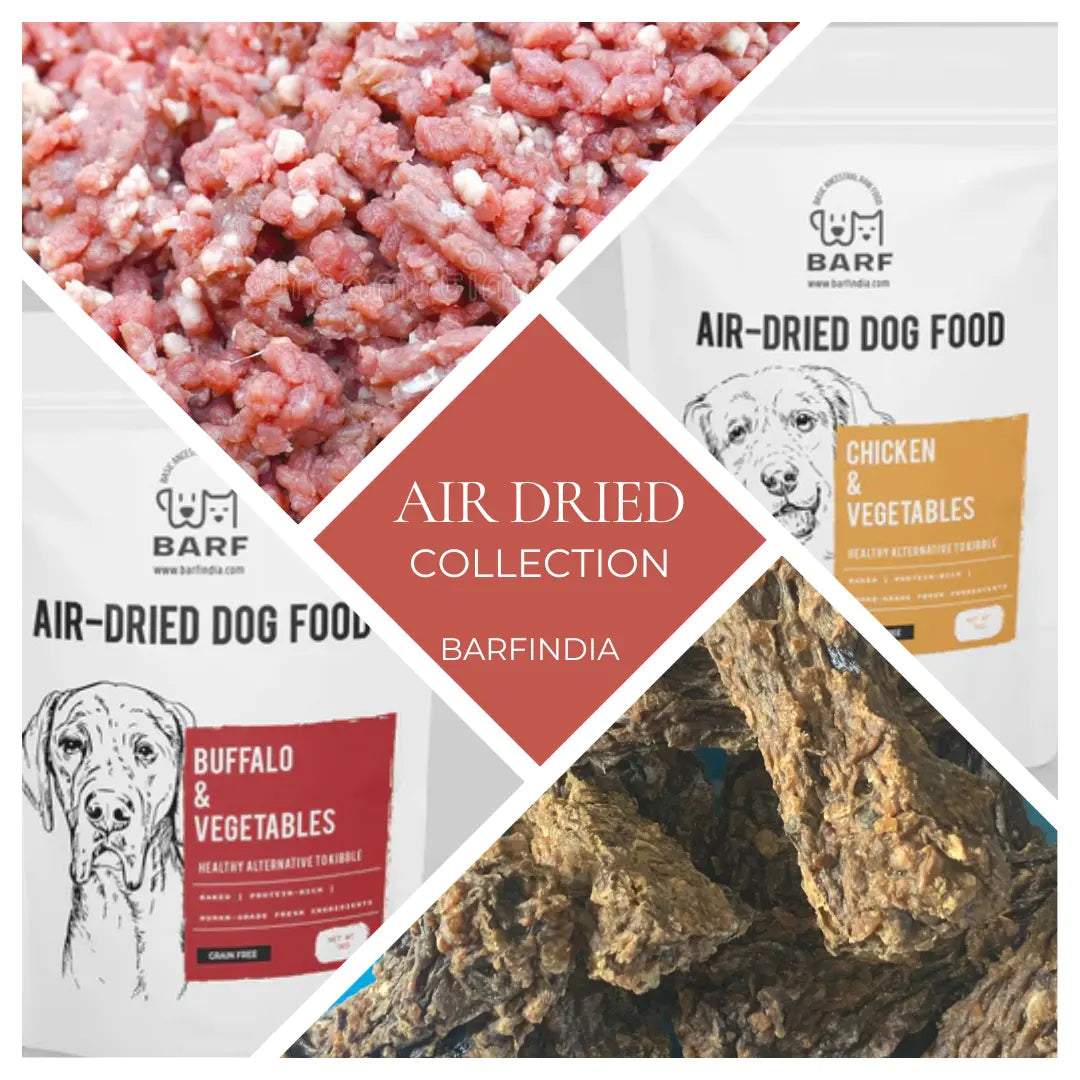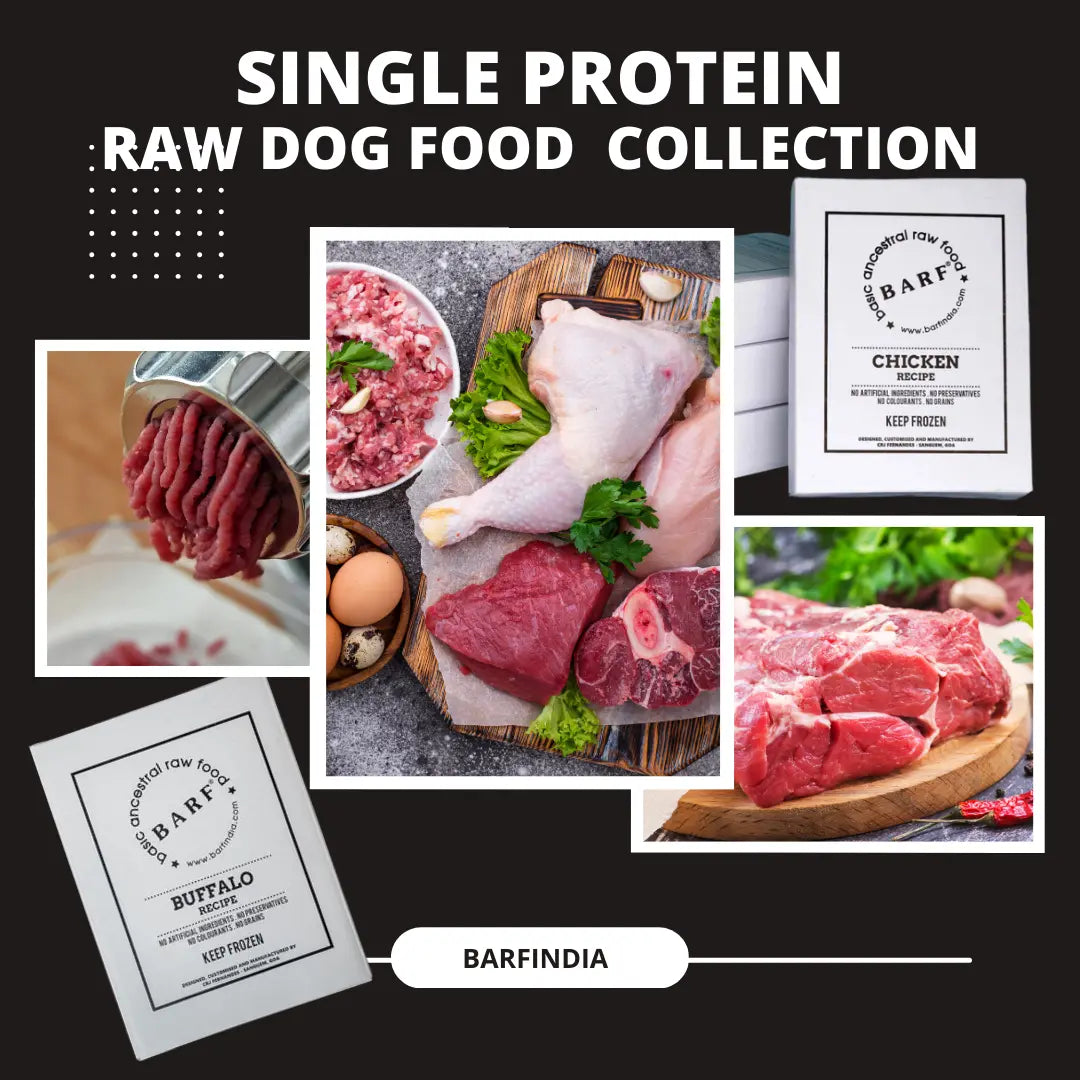
Histamine Intolerance in Pets: Symptoms, Causes, and How to Treat It Naturally
Nivedita FernandesUnderstanding Histamine Intolerance in Pets.
Introduction
If your pet is persistently scratching, experiencing digestive issues, or displaying unusual behavior, you might be dealing with more than just common allergies. One often overlooked culprit is histamine intolerance (HIT), a condition where the body accumulates excessive histamine, leading to various health problems. This comprehensive guide delves into the intricacies of histamine intolerance in pets, exploring its causes, symptoms, and effective management strategies.
What is Histamine?
Histamine is a naturally occurring compound involved in several physiological functions, including:
-
Immune Response: Acts as a defense mechanism against allergens and pathogens.
-
Digestive Processes: Regulates gastric acid secretion.
-
Neurological Functions: Serves as a neurotransmitter in the brain.
While histamine plays vital roles, an excess can lead to adverse reactions, manifesting as various symptoms in pets.
Causes of Histamine Intolerance in Pets
Histamine intolerance arises when there's an imbalance between histamine accumulation and degradation. Several factors contribute to this condition:
1. Enzymatic Deficiency
The body relies on enzymes like diamine oxidase (DAO) and histamine-N-methyltransferase (HNMT) to break down histamine. A deficiency or malfunction of these enzymes can lead to histamine buildup.
2. Gastrointestinal Disorders
Conditions like leaky gut syndrome or inflammatory bowel disease can impair the gut's ability to regulate histamine levels, leading to systemic intolerance.
3. Liver Dysfunction
The liver plays a crucial role in metabolizing histamine. Liver disorders can hinder this process, causing histamine to accumulate in the body.
4. Dietary Factors
Certain foods are naturally high in histamine or can trigger its release. Feeding pets such foods can exacerbate histamine intolerance.
5. Environmental Allergens
Exposure to pollen, dust mites, or mold can stimulate histamine release, compounding the effects of dietary histamine.
Recognizing Symptoms of Histamine Intolerance
Identifying histamine intolerance can be challenging due to its diverse symptoms, which often mimic other conditions. Common signs include:
-
Dermatological Issues: Persistent itching, redness, hives, or swelling.
-
Gastrointestinal Problems: Vomiting, diarrhea, bloating, or gas.
-
Respiratory Symptoms: Sneezing, coughing, or nasal congestion.
-
Behavioral Changes: Anxiety, hyperactivity, or lethargy.
-
Neurological Signs: Head shaking, balance issues, or seizures in severe cases.
Diagnosing Histamine Intolerance
A thorough diagnosis involves:
1. Medical History and Physical Examination
Veterinarians assess the pet's history, diet, and symptoms to identify potential triggers.
2. Elimination Diet
Implementing a low-histamine diet can help determine if symptoms improve, indicating histamine intolerance.
3. Laboratory Tests
While specific tests for histamine intolerance are limited, blood tests can assess liver function and rule out other conditions.
Managing Histamine Intolerance
Effective management combines dietary modifications, environmental control, and supportive therapies.
1. Dietary Adjustments
-
Avoid High-Histamine Foods: Such as aged cheeses, processed meats, fermented products, and certain fish.
-
Introduce Low-Histamine Foods: Fresh meats, certain vegetables, and grains.
-
Consider Raw Diets: Raw food diets can reduce exposure to histamine-rich processed foods.
2. Supplementation
-
DAO Supplements: Enhance histamine degradation.
-
Probiotics: Support gut health, but choose strains that don't produce histamine.
-
Omega-3 Fatty Acids: Possess anti-inflammatory properties beneficial for skin and gut health.
3. Environmental Control
-
Reduce Allergen Exposure: Regular cleaning, using air purifiers, and minimizing outdoor allergens.
-
Stress Management: Provide a calm environment to prevent stress-induced histamine release.
Preventing Histamine Intolerance
Preventative measures include:
-
Balanced Diet: Feeding pets a diet low in histamine-rich foods.
-
Regular Veterinary Check-ups: Early detection of potential issues.
-
Monitoring Environmental Changes: Being vigilant about new allergens or stressors.
Conclusion
Histamine intolerance in pets is a complex condition that requires a multifaceted approach for effective management. By understanding its causes, recognizing symptoms, and implementing appropriate strategies, pet owners can significantly improve their pets' quality of life. Always consult with a veterinarian before making significant changes to your pet's diet or health regimen.
Note: This guide is for informational purposes and should not replace professional veterinary advice.



